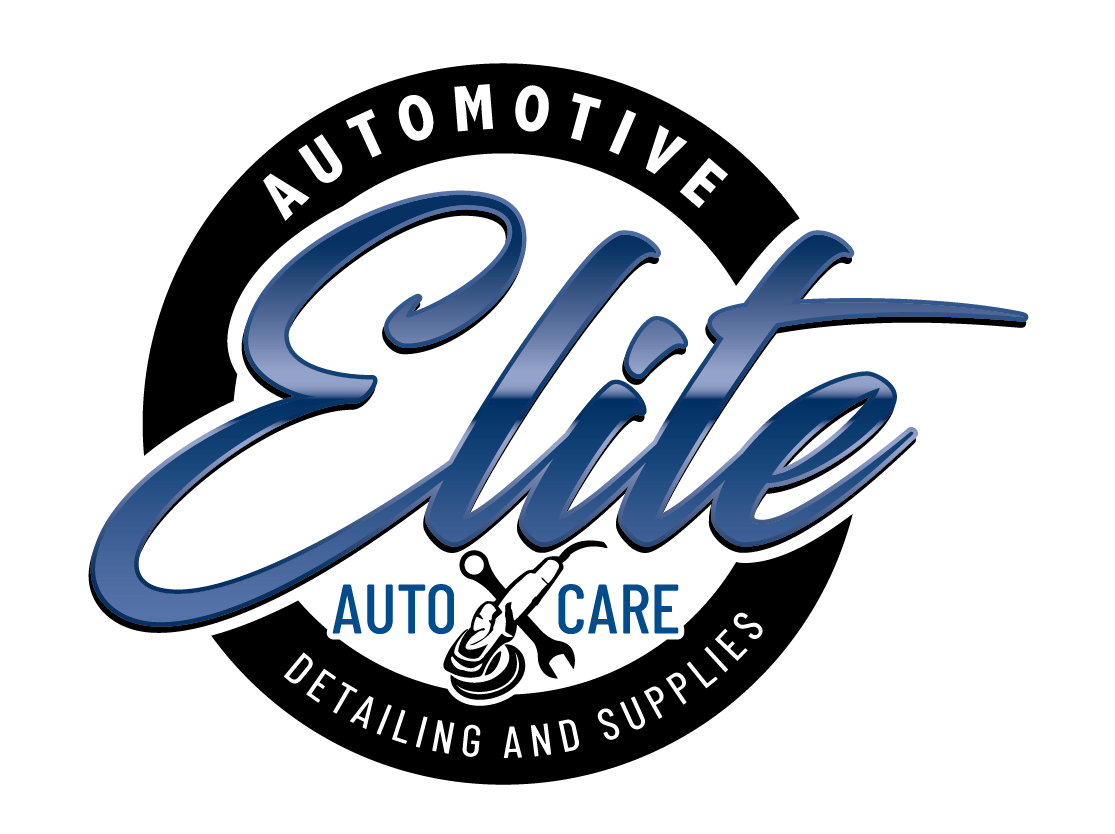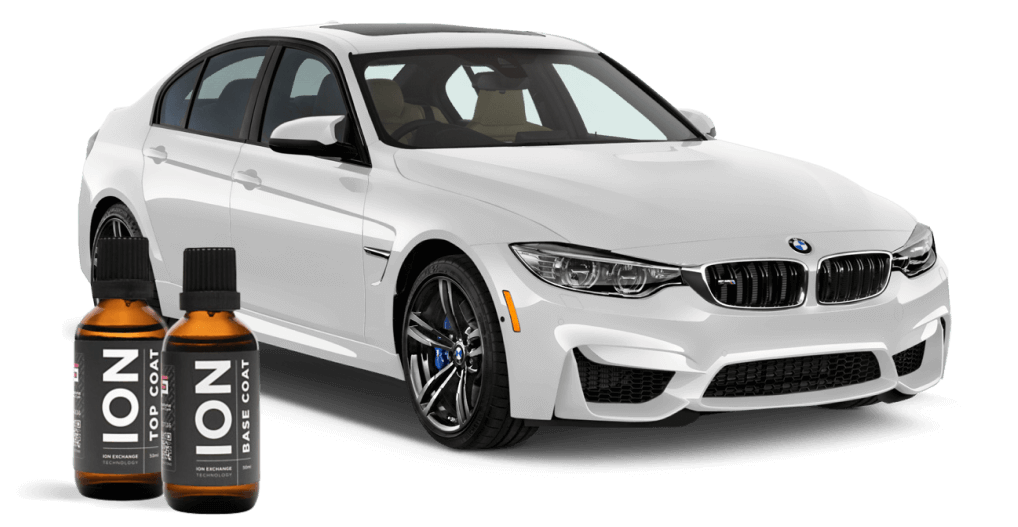Many cars have window tint installed at the top of the windshield by the factory because it can help keep the sun out of a driver’s eyes and make driving safer, especially in the morning and evening.
For cars, trucks, SUVs, and vans, Window tint laws Indiana lay out certain guidelines to follow. According to state law, non-reflective window tint may be applied all the way down to the AS-1 line, which is indicated on the sides of the windshield glass with tiny letters. If there isn’t an AS-1 line visible on your car’s windshield, you should only apply a tint five inches below the top of the windshield.
Keep in mind that the only window tint that can be applied to a car’s windshield is non-reflective tint.
Windshield tint rules Indiana
Although there are many reasons why Indiana window tinting is a great idea, it’s ironic that the two main advantages of window film for cars are things that most people don’t even consider. Because UV light from the sun causes interior fading and cracking, window tint, which can block 99% of the light coming from the sun, helps protect the interior of your car and increase its resale value.
Second, window tint significantly lowers interior cabin heat by blocking most of the heat produced by the sun’s infrared light. This translates to a more comfortable car that uses less energy to cool, saving money on maintenance and putting less stress on the air conditioning system.
Even though most people associate window tint for cars with privacy and style, there are plenty of reasons to get window tint in Indiana, even if you’d prefer not to have your car’s appearance altered. These two benefits of window tint can be achieved with optically clear window film.
If you’re thinking about adding privacy and style to your windows and windshields, keep in mind that windshield tint rules Indiana dictate what kind of tint you can use and which windows you can apply it to.

Legal tinting limits Indiana
Visible Light Transmission, or VLT for short, is the percentage of visible light that can pass through your car’s windows.
Tint darkness limits IN, the percentage of light that can pass through your film and glass varies depending on whether you drive a sedan, SUV, or van.
For Sedans:
- Windshield: Above the AS-1 line specified by the manufacturer, non-reflective tint is permitted.
- Windows on the front side: They must let in more than 30% of the light.
- Windows on the back side must let in more than 30% of the light.
- Rear window: More than 30% of the light must pass through.
For SUVs and Vans:
- Windshield: Above the AS-1 line specified by the manufacturer, non-reflective tint is permitted.
- Windows on the front side: They must let in more than 30% of the light.
- Windows on the back side: Any shade can be applied from a few (unspecified) inches above the top of the window.
- Rear Window: You can apply any amount of darkness up to a few inches from the top of the window.

Additional Indiana Window Tint Laws and Exemptions
When compared to laws in other states, the Indiana state window film law is quite lenient in many areas. For instance, Indiana does not have any prohibited window tint colors, and stickers indicating which tint is legal are not necessary to be applied.
Similar to other states, Indiana’s Window Film law does not specify where or how side view mirrors must be installed in order for window tint to be applied. Though any respectable tint vendor or installer will only offer such window film and you need only ask to confirm, the rules do require window tint manufacturers to certify window tint that will be sold and installed in Indiana as complying with the state’s laws.
You are able to install much darker window film on your car with a medical window tint exemption, which is permitted by the state. If you feel that your medical condition justifies a window tint exemption—from glaucoma to skin sensitivity to UV light—speak with your physician and ask for a dispensation that will allow you to use a darker tint. Additionally, always keep documentation in your car attesting to your medical exemption.
Indiana Penalties for Breaking Windows with Tint
You may be faced with a sizable Window Film ticket in Indiana, depending on how frequently you receive citations for window tint violations. Window tint infractions in Indiana are classified as either Class C or Class A violations under state law.
If the authorities decide to levy the maximum fine of $500 for a Class C infraction, that is a substantial enough fine. However, the maximum penalty for Class A violations is $10,000. This is a significant fine.





